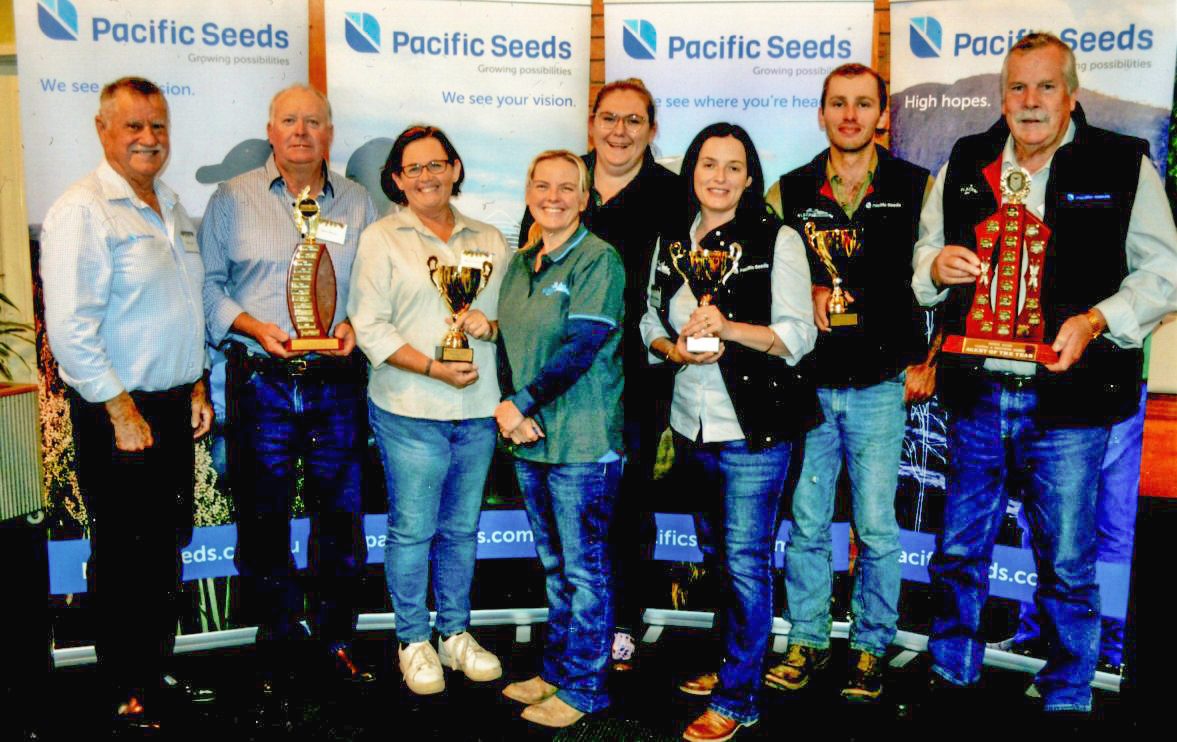In 125 years, this historical building in Lyons Street has served as a malt house, a skating rink, a produce market, a boxing centre, and even a sales yard for pigs.
Born near Chichester in the south of England in 1823, Sims enlisted in the British army at just 17 and fought in the Maori Wars in New Zealand. Injured, he returned to England but, on discharge, returned to the southern hemisphere in 1848 and became a pioneer pastoralist in South Australia’s Flinders Ranges.
Facing insolvency due to losses from severe drought, Sims moved to Queensland in 1869 and was granted selections near Oakey. By 1871, he was still farming and working as a maltster for Perkins’ Brewery in Toowoomba. When the brewery closed in 1878, Sims became an auctioneer, stock, and station agent. But in 1892, he leased and restored the abandoned maltings and opened his own establishment.
The malting industry had been greatly boosted in Queensland in 1888 when the government imposed a tariff on malt and barley imports from the other Australian colonies to encourage Darling Downs farmers to grow malting barley and develop a domestic malting industry. Buoyed by the success of his Toowoomba enterprise, Sims sold the business in 1896 and, in February 1897, although aged by then in his mid-70s and in poor health, leased an acre of land in Warwick in Lyons Street, opposite the railway Station, intending to establish the town’s first malt house.Tenders were issued for the supply of 60,000 bricks; stonemasons, bricklayers, and laborers were hired, and construction on the two-story brick building, 150ft x 38ft (approx. 46m x 12m), began.
However, J.G. Sims died suddenly on May 13 of that year. As his executor, his son E.F. (Ernest Fairfield) Sims took over supervision of the project, and the formation of a limited liability company, the Warwick Malting Company, was planned. Construction was completed by September 1897. In October, E.F. Sims invited a group of dignitaries to inspect the malt house, see the plant in operation, and enjoy refreshments in the second-floor malt room.
The future appeared bright, but while a meeting to establish the company was called, insufficient capital was raised. By December 1898, negotiations for the sale of the Malt House were well underway. The enterprise limped on, even becoming the Malt House Yards for Denham Bros pig sales in the early 1900s. However, by 1904, William Jones & Son, a prominent English maltster, had acquired both the Warwick Malt House and another larger facility in Toowoomba.
By 1909, the Warwick premises were no longer even mentioned in the firm’s advertisements, and by March 1921, both Toowoomba and Warwick premises were put up for auction. In June 1922, Warwick’s Malt House was sold to a new produce business, McLeod & Co. Ltd, who added “commodious butchering premises” to the site as well as an awning over the footpath.
By 1927, advertisements began to appear for hire of the building. Sometimes used for auctions, it could also be hired for “storage of any quantity of grain or furniture” and, in April 1933, became the Glide Away Skating Rink with music by the town band, skates for hire, and the promise: “We teach you to skate.” By 1934, even the Warwick Broadcasting Company considered acquiring the building, hoping to hold dances there as well as run their broadcasting operations. However, this idea, too, was short-lived. In April 1941, the Malt House, the butcher’s shop, and all other buildings and machinery on site were put up for auction.
Even after the sale, skating continued from time to time and community groups such as the Rugby League Club and the Warwick Amateur Boxing Club used the premises. Still, finally, Adolf Emanuel Olsen established A.E. Olsen & Sons in 1947. The firm with the two youngest of his five sons, Lawrence Anthony (‘Pup’) and Albert Lyndon, took over the business, and today, while it is no longer owned by the Olsen family, the business still retains the connection in its trading name, Olsens Produce.
The building has had a long, hard, and varied life, but evidence of its original purpose can still be seen in its turreted roof, and a tribute to its part in Warwick’s history now stands at 42 Wood St – The Malthouse pub, named in honour of the town’s first and only malt house.

